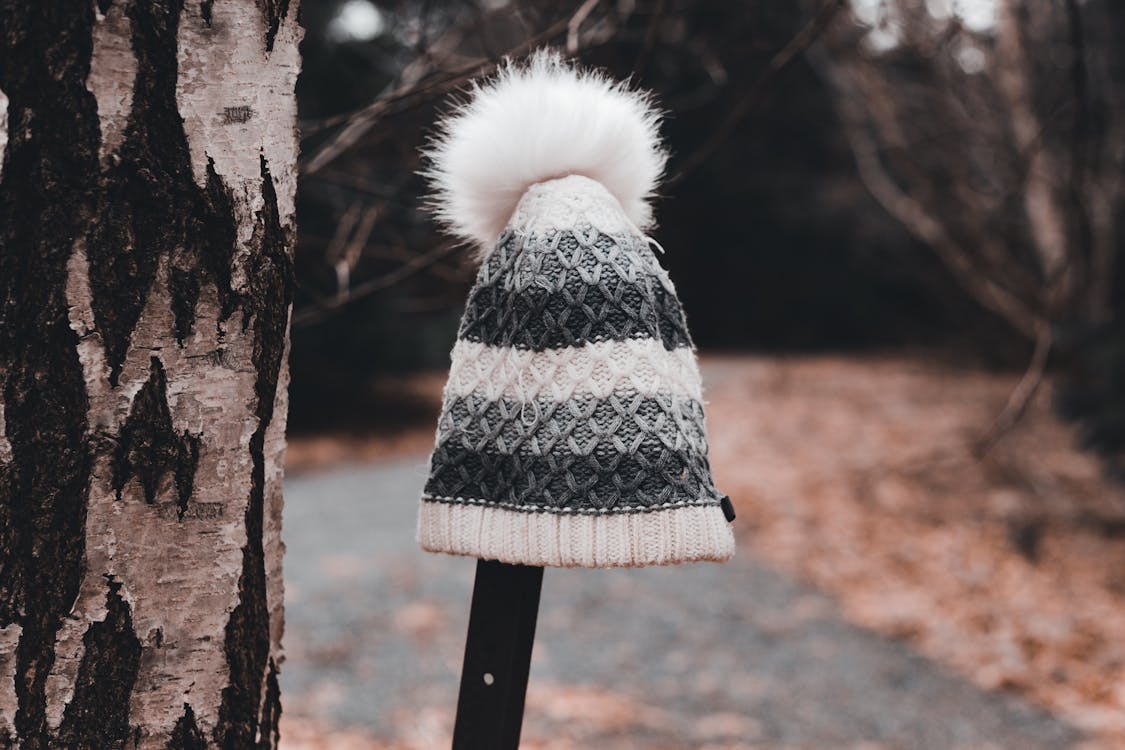👒Korean Level 1 Activity 3: 이 모자는 누구 모자예요?/ Whose Hat is This?

Description:
In this activity, students will practice asking and answering questions by participating in a lost and found game. They will also practice Sino Korean numbers by learning how to provide their phone numbers in Korean.
Semantic Topics:
Sino Korean numbers(한국 숫자/번호), Lost and Found game(분실물 게임), 전화번호가 뭐예요? (What is your number?)
NCSSFL-ACTFL World-Readiness Standards:
- Standard 1.1: Students engage in conversations, provide and obtain information, express feelings and emotions, and exchange opinions.
- Standard 1.2: Students understand and interpret written and spoken Korean on a variety of topics.
Idaho State World-Readiness Standards:
- COMM 1.1 – Interact and negotiate meaning (spoken, signed, written conversation) to share information, reactions, feelings, and opinions.
- CLTR 1.2 – Explain the relationship between cultural practices/behaviors and the perspectives that represent the target culture’s view of the world.
NCSSFL-ACTFL Can-Do Statements:
- In my own and other cultures, I can identify some typical products related to familiar everyday life.
- I can name very familiar people, places, and objects using practiced or memorized words and phrases, with the help of gestures or visuals.
- I can provide information by answering a few simple questions on very familiar topics, using practiced or memorized words and phrases, with the help of gestures or visuals.
Materials Needed
- Projector
- iPad or Computer
- Google Slides
Warm-Up
Begin by introducing the Can-Dos for today’s activity.
오늘의 학습목표를 소개하는 것으로 수업을 시작하세요.
Students will be asked about their phone numbers, and they will answer using numbers.
학생들은 전화번호를 묻는 질문에 대답합니다.
- What is your phone number?
- 전화번호가 뭐예요?
Main Activity
The main activity includes lost and found activity.
메인 활동은 분실물 찾기입니다.
Students will first read an example conversation presented on the google slide.
학생들은 먼저 슬라이드의 예시 대화를 읽습니다.
Students will be assigned to an item that they found and an item that they own.
학생들은 자신이 발견한 물건과 자신이 소유한 물건에 배정됩니다.
After being assigned with items, students will ask for an owner of the item that they found. They will also state their phone number so that the original owner can contact them.
물건이 배정된 후에 학생들은 자신이 찾은 물건의 주인에게 질문합니다. 그리고 물건의 진짜 주인이 전화할 수 있도록 자신의 전화번호를 말합니다.
- Hello, I am Sofia. This book is not mine. Whose book is this? My phone number is 111-1111. Please give me a call.
- 안녕하세요. 저는 소피아예요. 이 책은 제 책이 아니에요. 이거 누구 책이에요? 제 전화번호는 111-1111이에요. 전화 주세요.
- The original owner of the item will state that the item is her or his item. The owner will state gratitude towards the founder.
- 물건의 주인은 그 물건이 자신의 것이라고 말합니다. 그리고 물건을 찾아준 사람에게 감사를 표합니다.
- Hello Sofia. That book is mine. Thank you.
- 안녕하세요. 소피아 씨. 그 책은 제 책이에요. 고마워요.
Wrap-Up
Wrap-up questions (Pick a few you’d like to ask) :
- “What item have you lost, but found through lost and found?”
- 잃어버렸다가 다시 찾은 물건이 있나요?
End of activity
- Read Can-Do statements once more and have students evaluate their confidence.
- (Use thumbs up/thumbs down or download our student cards.)
- Encourage students to be honest in their self-evaluation.
- Pay attention, and try to use feedback for future labs!
NCSSFL-ACTFL Can-Do Statements:
- In my own and other cultures, I can identify some typical products related to familiar everyday life.
- I can name very familiar people, places, and objects using practiced or memorized words and phrases, with the help of gestures or visuals.
- I can provide information by answering a few simple questions on very familiar topics, using practiced or memorized words and phrases, with the help of gestures or visuals.

